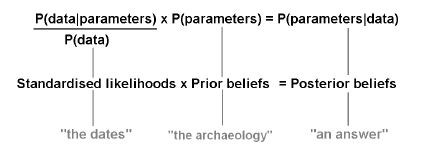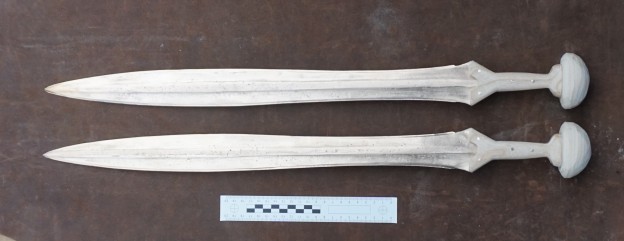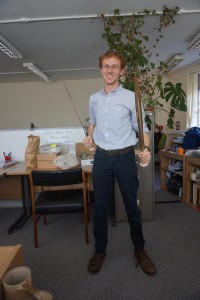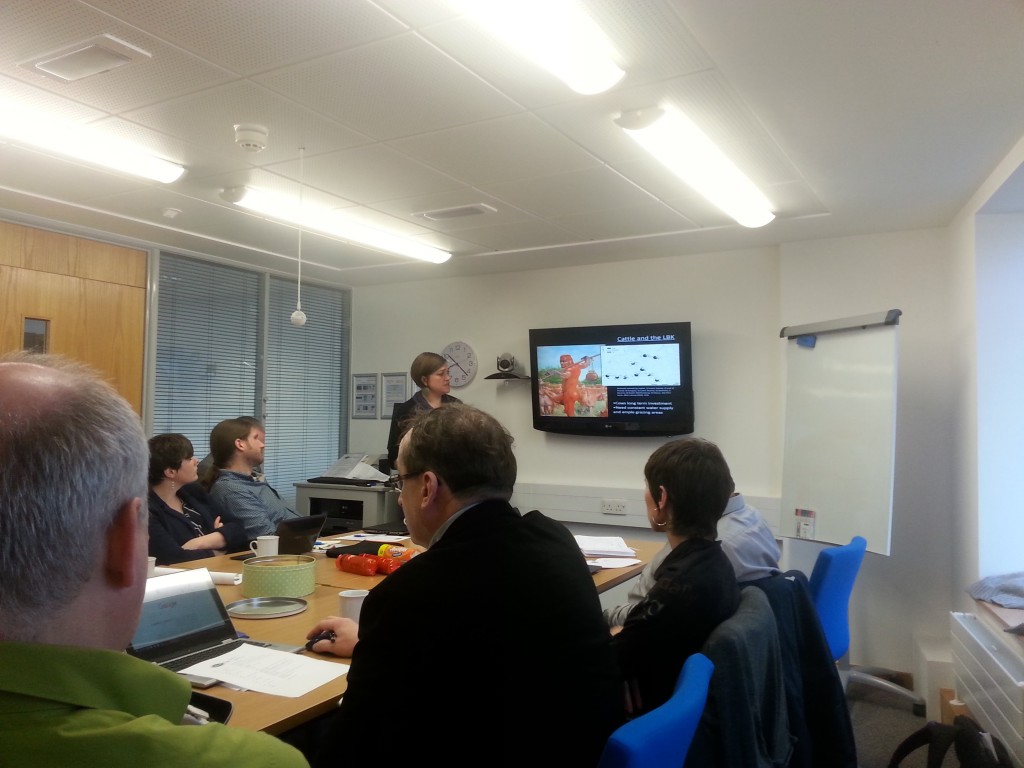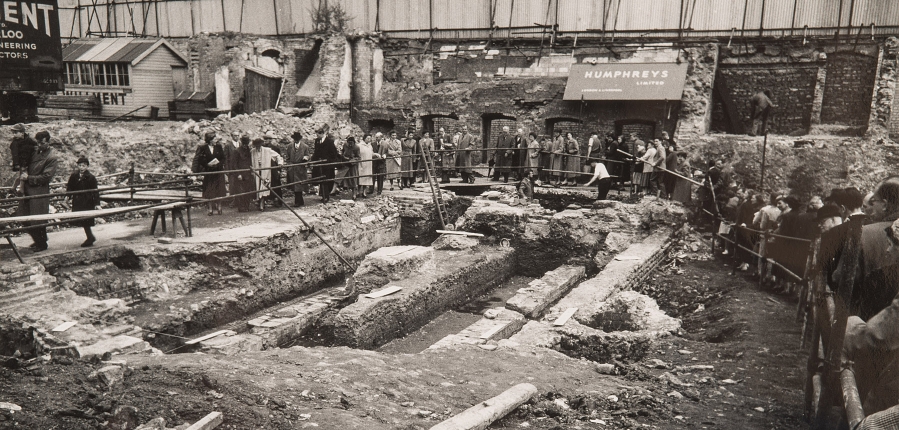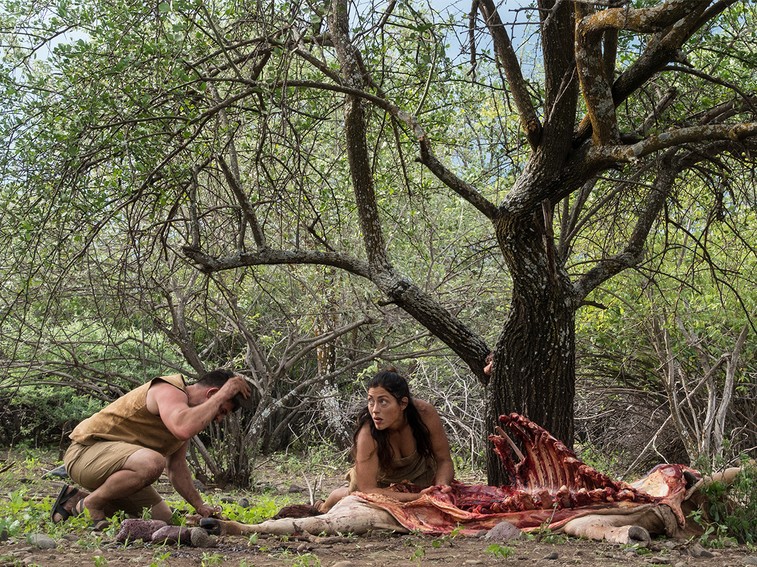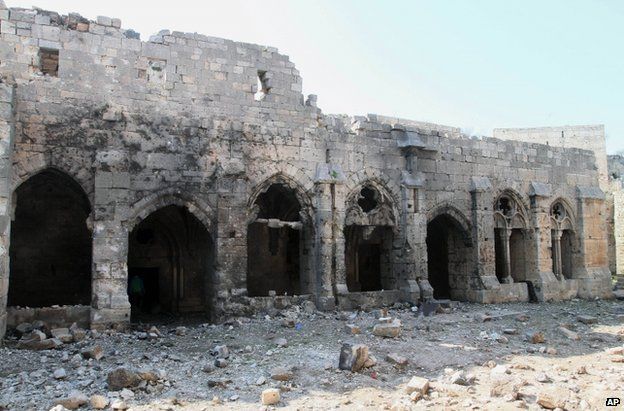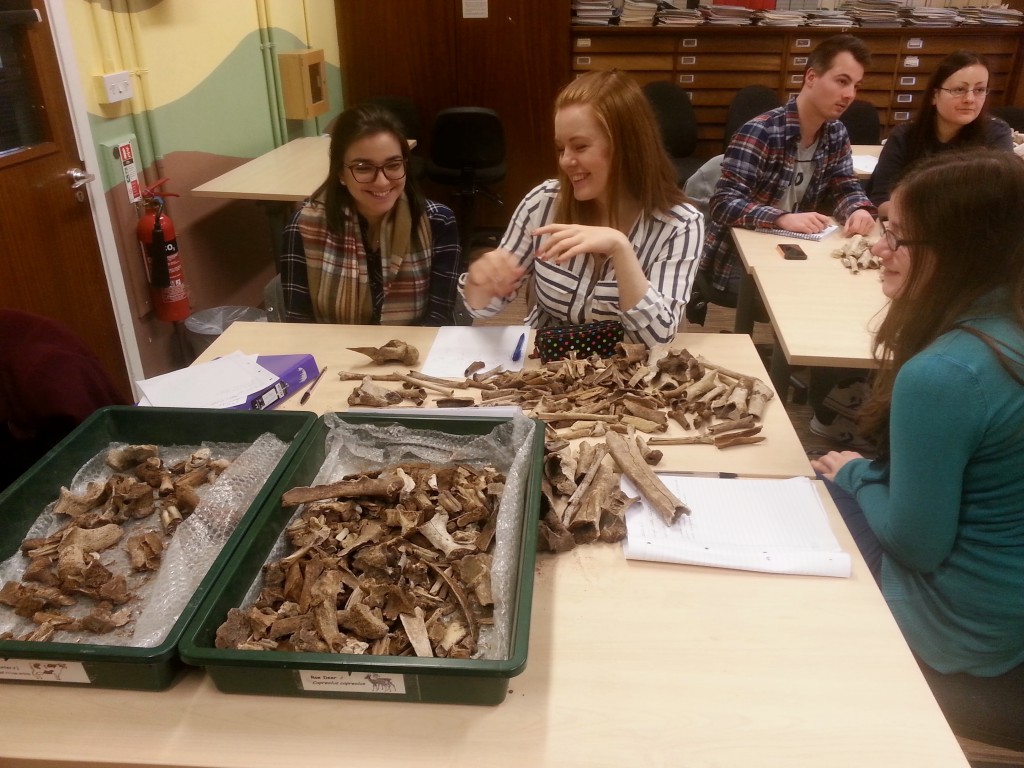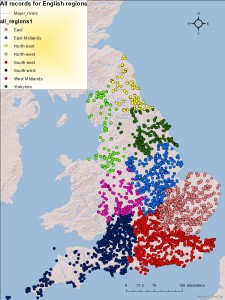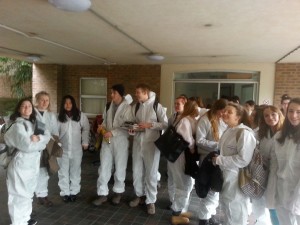
Students ready to head off to the site
If you went down to the woods on Friday you were in for a big surprise – around 30 white-suited undergraduates digging for skeletons! It was the Introduction to Forensic Archaeology practical session, a day long excavation providing the students with a practical exercise in the location and recovery of buried human remains. The students were first given a brief on the scenario and then were trudged up to the suspected burial ground – a wooded area on the edge of the university campus where plastic skeletons had been buried in previous months/years. Here’s a few pictures from the day!

